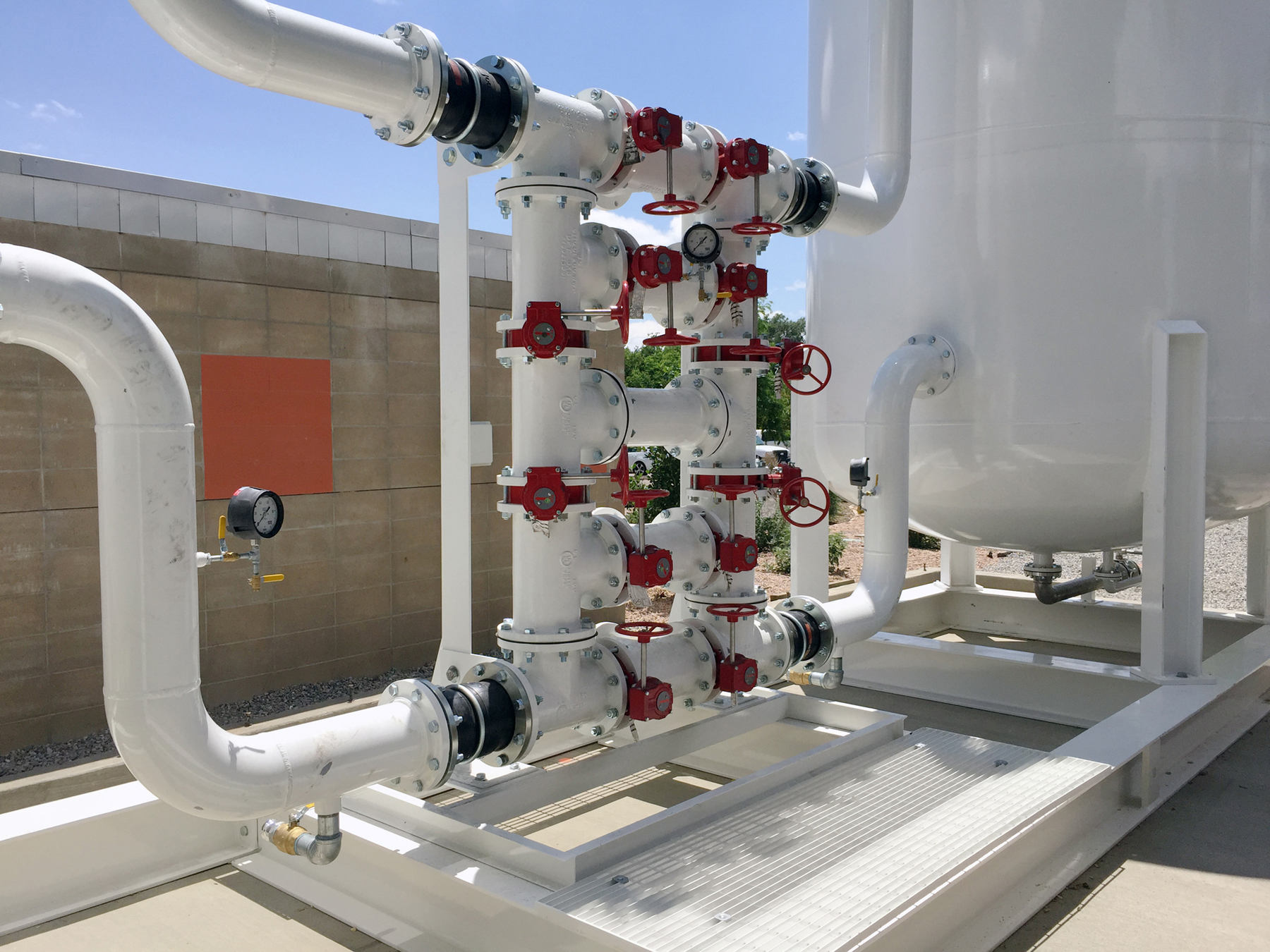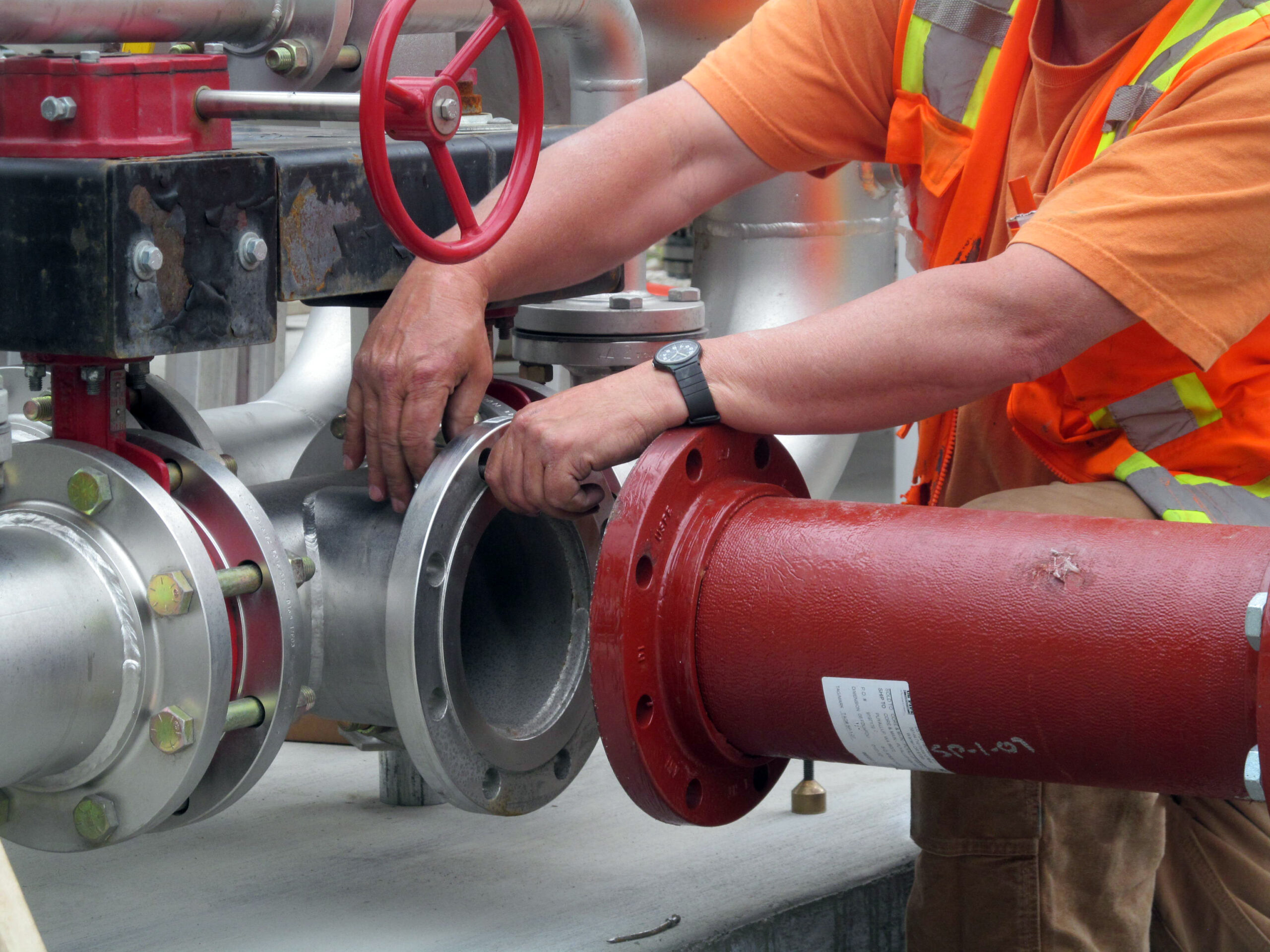US Army Corps of Engineers (USACE) Omaha District awarded this delivery order to one of Bristol’s joint ventures to perform an immediate response (IR) action to provide clean drinking water to private residences, mobile home parks, and commercial properties at locations adjacent to Peterson Air Force Base (AFB), Colorado, where current water supplies were identified as being contaminated with perfluorochemicals (PFCs). Specifically, perfluorooctanoic acid (PFOA) and perfluorooctane sulfonic acid (PFOS) were found at concentrations exceeding the U.S. Environmental Protection Agency’s (EPA’s) Lifetime Health Advisory (LHAs) of 70 ppt individually or combined. PFCs are chemicals found in consumer products including non-stick cookware and stain-resistant fabrics, as well as in aqueous firefighting foam used in both civilian and military markets. Evolving science has identified a potential risk to humans from these emerging contaminants.
Within days following award, our team successfully contracted with multiple local vendors to begin provisions for clean drinking water to the nearby farm, six commercial properties, 24 private properties, and two mobile home parks consisting of more than 60 taps and 170 people.
Following the successful execution of the required IR actions, our team received a contract modification to provide time-sensitive corrective actions for municipal, commercial, and private drinking water wells where current water sources were contaminated with PFOA and PFOS at concentrations exceeding the EPA LHAs. The modification included installation of granular activated carbon (GAC) and Ion-Exchange Resin point of entry treatment (POET) systems capable of treating flows from 50 gallons per minute (gpm) at the mobile home parks and up to 500 gpm for the three municipal drinking water supply wells; and point of use (POU) treatment systems for residential properties. Additional efforts included the collection of water samples from private and commercial wells not previously sampled by the El Paso County Department of Health (DOH) for PFOA/PFOS analysis to determine the need for mitigation. Prior to the execution of project requirements, our team generated a Uniform Federal Policy for Quality Assurance Project Plan (UFP-QAPP) covering all aspects of the proposed project execution. This document was submitted to Peterson AFB, USACE Omaha District, Colorado Department of Public Health and the Environment (CDPHE), El Paso County DOH, and the EPA for review and approval. Our team provided additional support to the USACE and Peterson AFB with the generation of an Action Memorandum for the project.
In all, our team installed 27 reverse osmosis units for POU treatment at residential properties, installed an ion-exchange resin system capable of treating 350 gpm on one municipal well, and two GAC treatment systems on two additional municipal wells (capable of treating up to 500 gpm). The two GAC treatment systems were plumbed in series with sample ports located pre-treatment, between filters, and post-treatment which allows for regular monitoring for PFOA/PFOS in the influent (raw) and effluent (treated) water to develop breakthrough curve specific to each location and to assist in determining future operations and maintenance.


